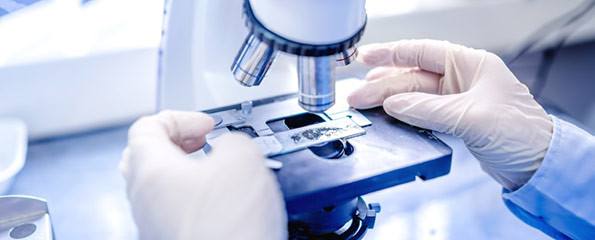Tracking the entire journey of body’s immune cells
The entire journey of the body’s specialist immune cells will be tracked for the first time as part of a new project by Swinburne scientists, in collaboration with colleagues at the Peter MacCallum Cancer Centre.
In doing so, the research team will fill gaps in our knowledge of the body’s innate defences and potentially transform treatments for cancers and infections.
“The immune activation response has been studied in minute detail for decades, but there remain vast gaps in our knowledge of what happens and why,” says project leader and immunologist, Professor Sarah Russell, who heads laboratories at Swinburne and Peter MacCallum Cancer Centre.
We know that when the immune system responds to an antigen, dormant T–cells are activated and then repeatedly divide over approximately five days, becoming either ‘effector’ cells that attack the infection, or ‘memory’ cells that enable the body to remember its response in case of future infection. Once the infection is defeated, the attacking cells die and only the memory cells remain.
However, when and why a cell becomes a memory cell or an effector cell is unclear and is very difficult to observe when the changes are happening over time and the cells are moving around the body.
Microfabrication technology developed at Swinburne has enabled Russell to create slides with 60-micrometre-high walls in which cells can be confined, watched under a microscope, and filmed over hours or days.
Researchers have used these ‘cell paddocks’ to track immune cell pedigrees over as many as seven generations or five days, in what Russell believes is a world first.
With physicists having devised the paddocks and biologists working on the immunology, software engineers and statisticians have joined the multidisciplinary team to make sense of the resultant data and determine any patterns.
Early results from the cell pedigrees have surprised the immunologists by showing that all the cells behave very similarly — without any obvious differentiation between effector or memory cells — for as many as seven generations.
“If we can do further work to determine what is different about those cells at the early stage, we’ll be able to predict the response to the infection,” says Russell.
Funding awarded by the National Health and Medical Research Council (NHMRC) at the end of 2015 will enable Russell and team to begin tracking their cell pedigrees beyond the first phase of activation, up to the 10-plus generations that cover the differentiation between cells, cell death and the contraction in immune cell numbers that leaves just the scattering of memory cells.
(Source: Swinburne University of Technology)
Dates
Tags
Created by:

 Login
Login














